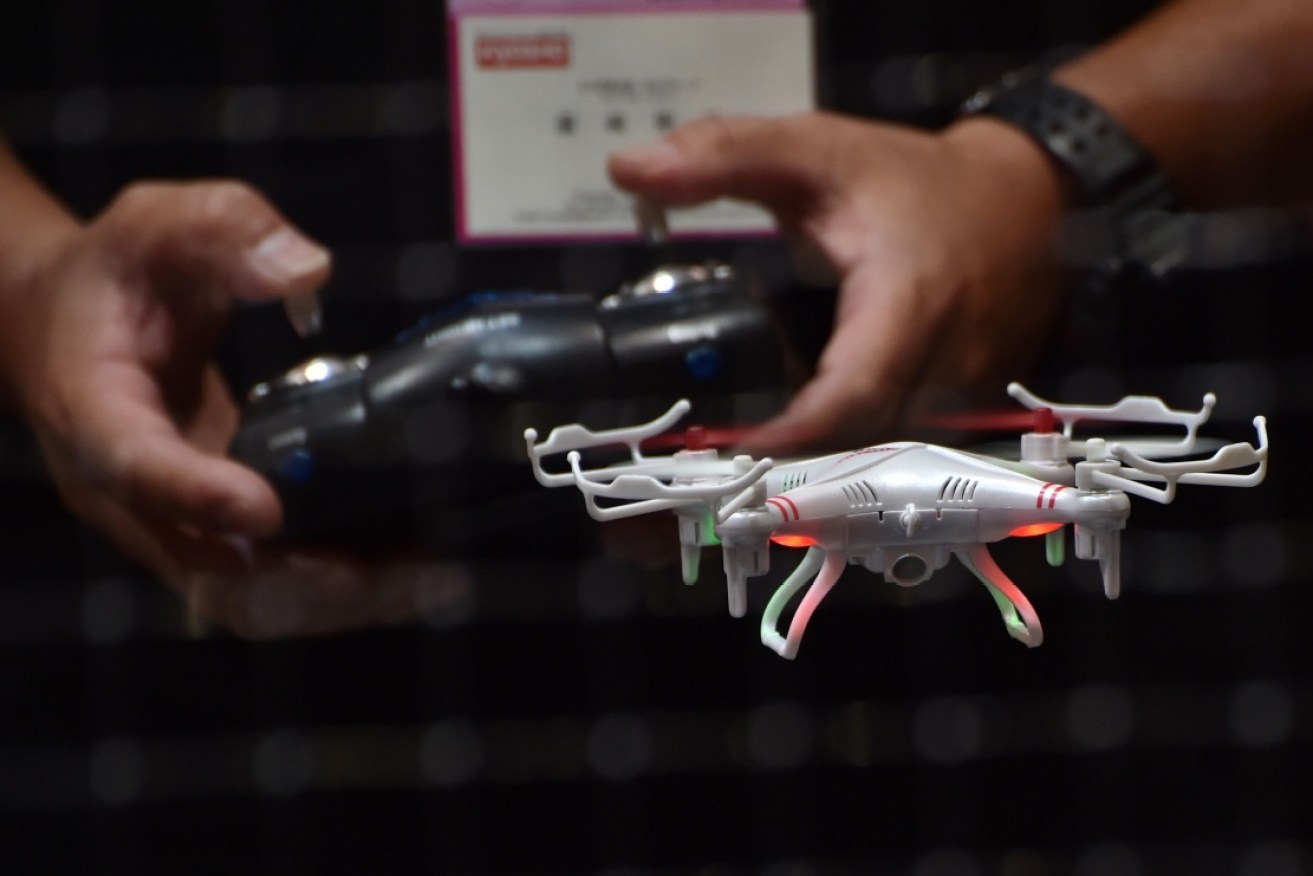Drone laws in Australia: how to fly your drone legally and safely

Here's what you need to know before you take your new drone out to fly. Photo: Getty
Drones are one of the hottest items on Christmas lists around Australia, but they’re also one of the gifts most likely to get children into trouble.
Once the domain of professional photographers and hobby enthusiasts, these days anyone can pick up a drone for around $100 and fly it to their heart’s content.
That’s meant laws have had to catch up quickly, and in September the Civil Aviation Safety Authority (CASA) rolled out new regulations for drone flying in Australia.
The regulations appear to have been well-timed, with drone sales booming in the lead-up to Christmas.
Bob Guegen, of Melbourne-based drone retailer Just Drones, told The New Daily demand for the devices had increased by 50 per cent on Christmas 2015 levels.
“They’re very, very popular at Christmas time,” Mr Guegen said.
“The amount of of parents ringing up and saying their kids want a drone for Christmas is just ridiculous.
“Christmas last year was amazing and we ran out of stock, but this year we are fully prepared and have a range of about 50 drone types in stock. Although half of our stock has already run out.”
So if you’re buying a drone this Christmas – or are lucky enough to be getting one as a gift – here’s what you need to know to fly it legally.
Do I need a license?
No. But only if your drone weighs less than 2kg and if the drone is operated in “standard RPA [drone] operating conditions” (explained below).
If your drone weighs over 2kg you must seek CASA certification. But, as Mr Guegen explains, “99.9 per cent of drones bought as Christmas presents” are models under 2kg.
If you are planning to use your drone for “commercial gain” then you will require a license. This includes drones under 2kg.
“Commercial gain” can include flights for advertising reasons or even uploading videos to YouTube, according to RPAS Training & Solutions.
https://www.youtube.com/watch?v=72TNbtQCB-A
What are ‘standard drone operating conditions’?
The meaning of “standard RPA [drone] operating conditions” is:
– a drone must be kept within line of sight of operator
– it must be operated at or below 122m
– must be operated during the day and in good weather conditions
– must be operated more than 30m away from anyone not associated with the operation of the drone
– must be operated more than 30m away from buildings, boats and vehicles
Where can’t I fly my drone?
A drone may not be operated:
– over a populous area (defined in depth here, but generally means if the drone crashes or parts fall off, it or they won’t fall onto people e.g busy beach, sport field)
– in a prohibited area

Keep drones away from emergency situations. Photo: Getty
– anywhere near or over a fire, police or other public safety emergency operation (unless operation co-ordinator gives drone operator permission)
– within 5.5km of an aerodrome (military airbases, commercial airports, smaller airports etc)
– in areas where airspace restrictions apply (defined as RA1, RA2 and RA3)
Australian drone regulations are covered by the Civil Aviation Legislation Amendment (Part 101) Regulation 2016 within the Civil Aviation Safety Regulations 1998 act.
A detailed look at Australia’s drone laws can be found here, as can training tips and courses.








